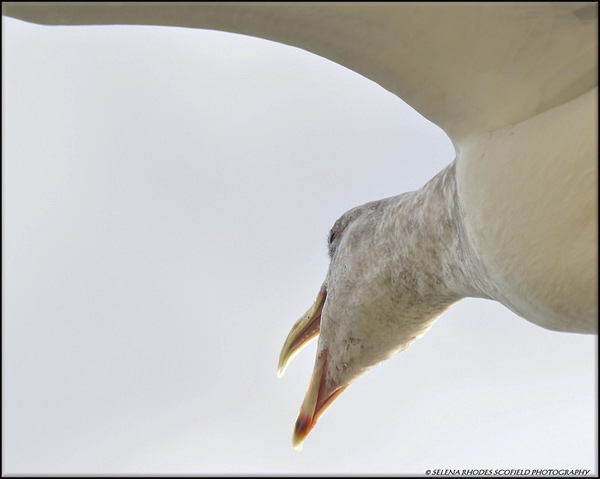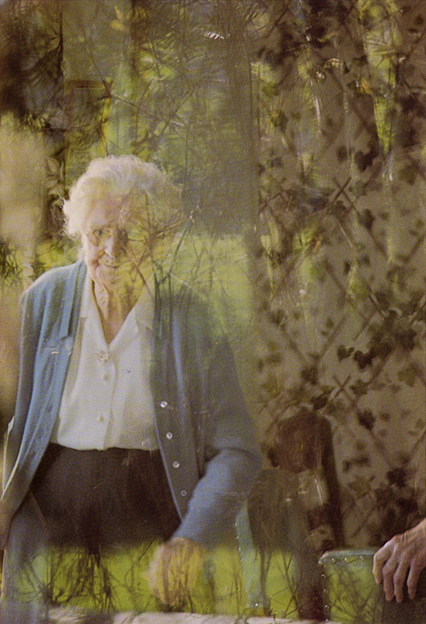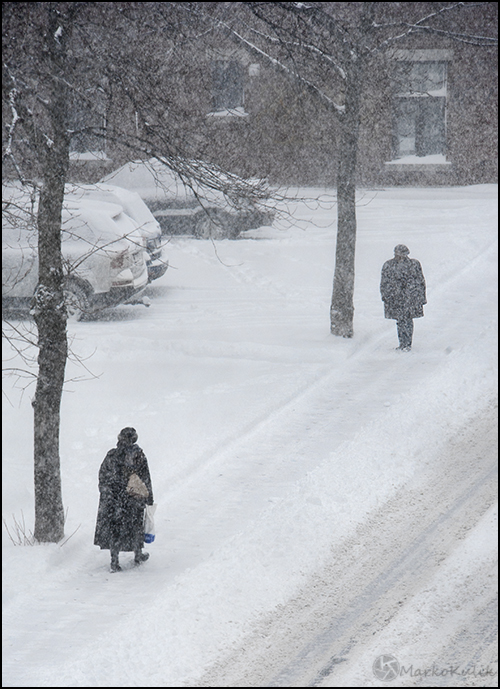Photography podcast #126 discusses the importance of the four edges of your photographs. They are seriously important and paying attention to them will improve your photography. The podcast offers up 6 (actually a few more than 6) practical tips on how to improve the edges of your photographs.
Thanks to The Camera Store (The largest camera store in Calgary, Alberta, Canada) for sponsoring the Photography.ca podcast.
A sneak peek to one of the 6 tips which is useful to photographers of all levels is to check out the work of master painters. They knew about the edges, about the overall composition, and the rules of composition. Those rules directly apply to photography. This famous painting below done by Rembrandt shows dark edges all around which is of course no accident. He did it all the time. Notice where your eye ends up in the painting; on the wave at left and this too is no accident. When we can apply some of these principles to photography, our images almost always improve.

1633 — Rembrandt (1606–1669) Christ in the Storm on the Lake of Galilee.
Talk about how edges can add interest! This image by Selena Rhodes Scofield from our forum is framed in an extremely creative way and the unusual perspective just adds to the visual interest. In addition, both the seagull’s neck and its wing are creating interesting positive and negative shapes as they intersect with the edges and the rest of the image. Being on the lookout for these shapes is another way to spicify your photography.

seagull 3 by Selena Rhodes Scofield
Of course when you want to break guidelines, you break them whenever you want to. Just be aware that you are doing so. In this image below, Canadian Master photographer and teacher Freeman Patterson does just that.
From his book Photography and the Art of Seeing he wrote: “I saw this elderly lady as passing away from me and my world, so I photographed her through a window clouded by reflections and curtains. The shallow depth of field, which throws the reflections and curtains out of focus, creates a sense of the surreal and the unknown. The hand of the woman’s friend appears in the lower right corner. By all traditional standards of composition, the hand should not be there because it looks amputated. Yet it seems strangely appropriate, representing support that may be needed in the present, while at the same time adding to the impression of the world dissolving”

Photograph by Freeman Patterson from The Art of Seeing.
Links /resources mentioned in this podcast:
Photography and the Art of Seeing by Freeman Patterson. If you can only afford one photography book this year, buy this one.
Composition Basics by oopoomoo
If you liked this podcast and want to review it on Itunes, this link gets you to the main page
If you are interested in writing for our blog please contact me photography.ca ( A T ) G m ail Dot co m (using standard email formatting)
Please join the Photography.ca fan page on Facebook
My Facebook profile — Feel free to “friend” me — please just mention Photography.ca
My Twitter page — I will follow you if you follow me — Let’s connect — PLEASE email me and tell me who you are in case I don’t reciprocate because I think you are a spammer.
If you are still lurking on our forum,
feel free to join our friendly ![]() Photography forum
Photography forum
Thanks as well to Don Crasco and Daniel Cybulskie who posted comments directly on the blog. Although ALL comments are appreciated, commenting directly in this blog is preferred. Thanks as well to all the new members of the bulletin board.
If you are looking at this material on any other site except Photography.ca — Please hop on over to the Photography.ca blog and podcast and get this and other photography info directly from the source. |Subscribe with iTunes|Subscribe via RSS feed |Subscribe for free to the Photography podcast — Photography.ca and get all the posts/podcasts by Email
You can download this photography podcast directly by clicking the preceding link or listen to it almost immediately with the embedded player.
Thanks for listening and keep on shooting!
Podcast: Play in new window | Download






